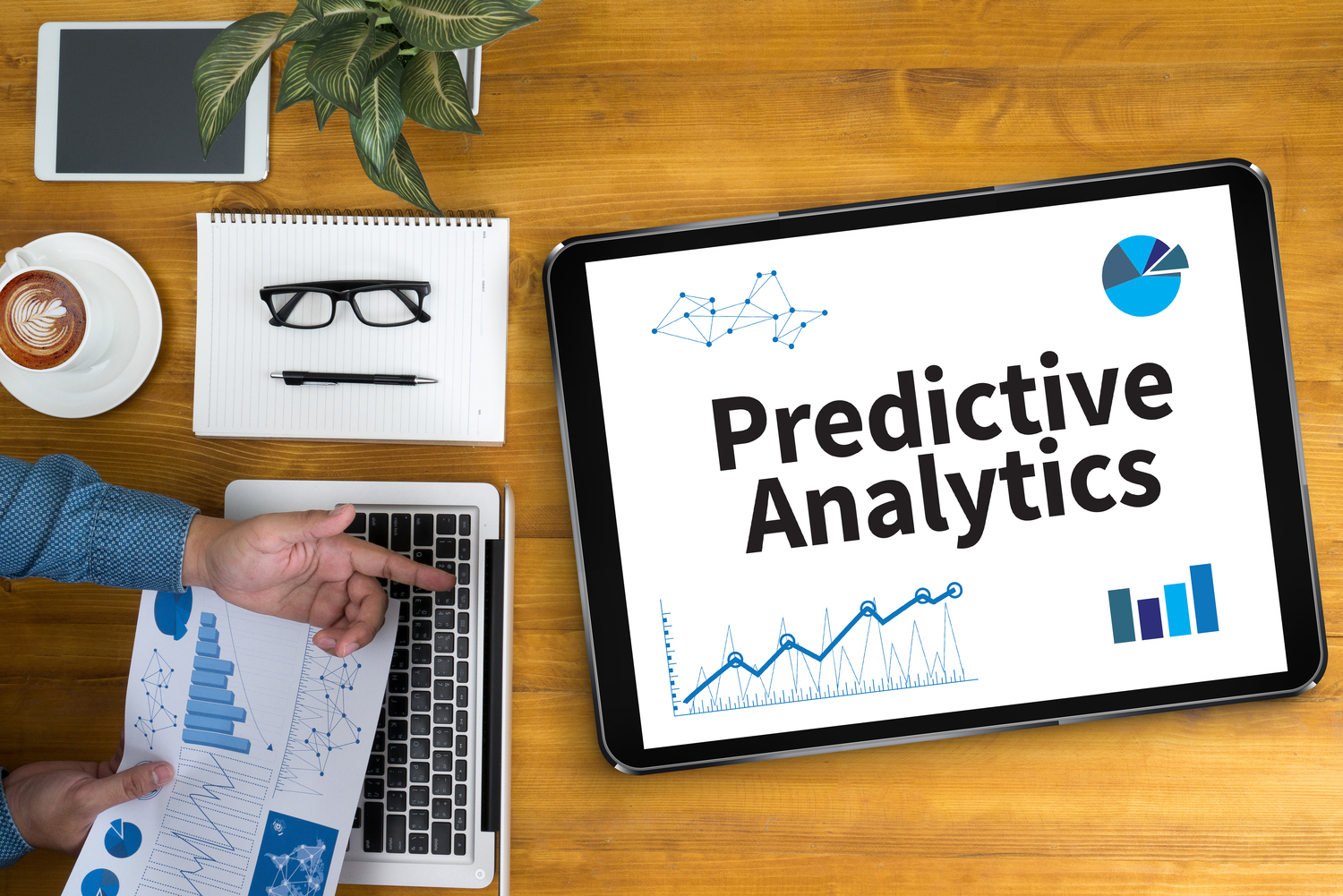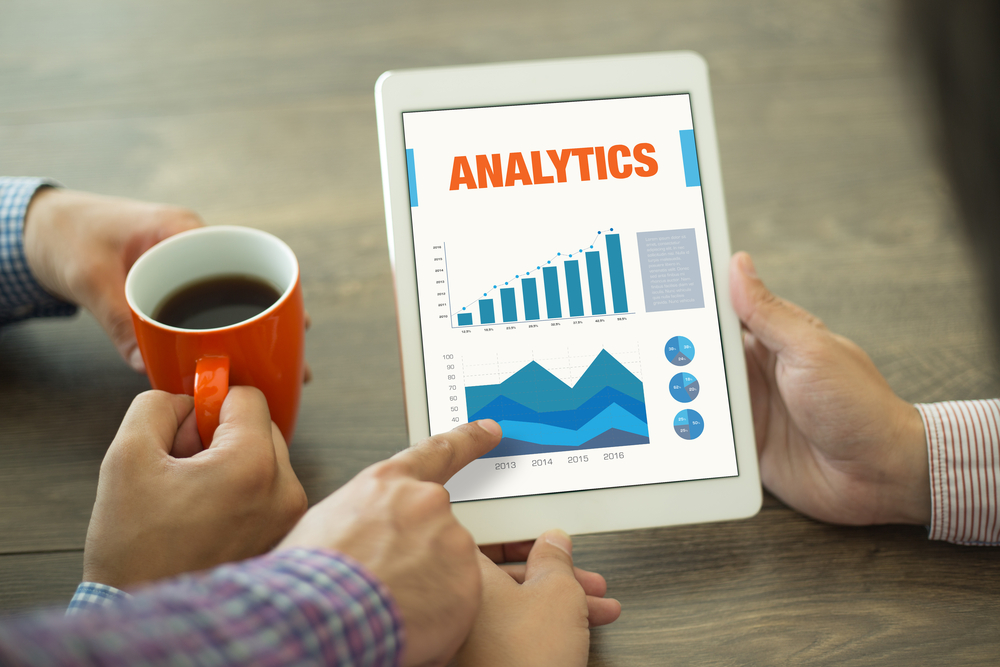Comprehensive Guide to Predictive Data Analytics and Its Industry Applications
This comprehensive article explores the core principles of predictive data analysis, its key applications across industries such as insurance, transportation, healthcare, and retail, and provides actionable steps for organizations to leverage predictive analytics effectively. Learn how data-driven decision-making is transforming business strategies and operations in today's digital economy.

Comprehensive Guide to Predictive Data Analytics and Its Industry Applications
Predictive data analytics is transforming how businesses understand their markets and customers by leveraging advanced statistical methods and machine learning algorithms to forecast future trends based on historical and real-time data. This powerful approach involves the analysis of vast datasets to identify patterns that can predict future behaviors and events, significantly enhancing strategic planning, operational efficiency, and competitive advantage. As industries increasingly adopt these techniques, understanding the fundamentals of predictive analytics becomes essential for professionals aiming to stay ahead in a data-driven world.
Predictive analytics operates on the principle of uncovering subtle trends and correlations within large datasets, enabling organizations to make anticipatory decisions with higher confidence. It combines traditional statistical models with advanced artificial intelligence, allowing for dynamic, real-time insights that inform various business activities. By examining both past records and current interactions, predictive analytics provides a comprehensive view of potential future scenarios, empowering companies to proactively respond to market shifts, customer preferences, and operational risks.
These insights are vital across multiple sectors, including insurance, transportation, healthcare, retail, and finance, each leveraging predictive analytics to gain a competitive edge. For example, insurance companies use predictive models to assess risk more accurately; transportation services optimize routes and schedules; healthcare providers forecast patient outcomes; and retailers personalize offerings to match individual customer preferences. Each of these applications demonstrates the transformative potential of predictive analytics in enhancing efficiency, reducing costs, and improving service quality.
Businesses adopt predictive analytics for several key reasons, including:
Gaining actionable insights into emerging trends to streamline operations and adapt swiftly to market dynamics.
Enhancing marketing strategies through detailed analysis of customer behavior, response patterns, and engagement metrics.
Identifying opportunities to attract new customers, nurture existing relationships, and prevent fraud and other security threats.
A notable and impactful application of predictive analytics is in fraud detection, where organizations can proactively identify unusual activities, thereby improving operational security and customer trust.
Getting Started with Predictive Analytics
Define precise objectives aligned with your overarching business goals, whether it’s increasing sales, reducing churn, or managing risk. Clear objectives set the foundation for effective model development.
Evaluate and choose suitable modeling techniques suited to your industry’s specific needs. Multiple models may be employed to tackle different aspects of your business challenges simultaneously.
Select models that align with your operational context, considering factors like data structure, volume, and available resources. Flexibility and experimentation are often necessary to identify the best fit.
Implementing Predictive Analytics: The Next Steps
Gather comprehensive, high-quality data from diverse sources such as customer interactions, transactional records, social media activity, IoT devices, and third-party data providers. Quality and relevance are crucial for your models’ accuracy.
Ensure consistent data collection through automated processes, allowing continuous updates that keep your predictive models current and effective.
Integrate multiple data sources to create a unified dataset that reflects the complexity of real-world scenarios, thereby enhancing predictive accuracy and insights.
Critical Factors for Success in Predictive Analytics
Large and diverse datasets are essential for detecting meaningful patterns amid complex behavioral and operational data.
Real-time data processing allows organizations to respond promptly to new information, opening opportunities for immediate action and increased engagement.
Utilizing varied data types—including social media signals, purchase histories, behavioral metrics, and multimedia inputs—enriches the analysis and widens actionable insights.
Data integrity and validation are vital; incomplete or inaccurate data can lead to erroneous predictions, undermining trust in the analytics process.
Practical Applications of Predictive Analytics Across Industries
Travel and hospitality companies utilize predictive models to recommend personalized accommodations, optimize flight schedules, and enhance customer experience.
Insurance firms apply predictive analytics to more accurately assess risk levels, set competitive premium rates, and improve claims processing.
Retail and e-commerce platforms personalize marketing campaigns and product recommendations by analyzing customer behaviors and purchase patterns.
Social media platforms leverage sentiment analysis and user profiling to target advertising more effectively and improve user engagement.
Financial institutions employ predictive analytics for credit scoring, fraud prevention, and investment forecasting, enabling smarter financial decisions.





